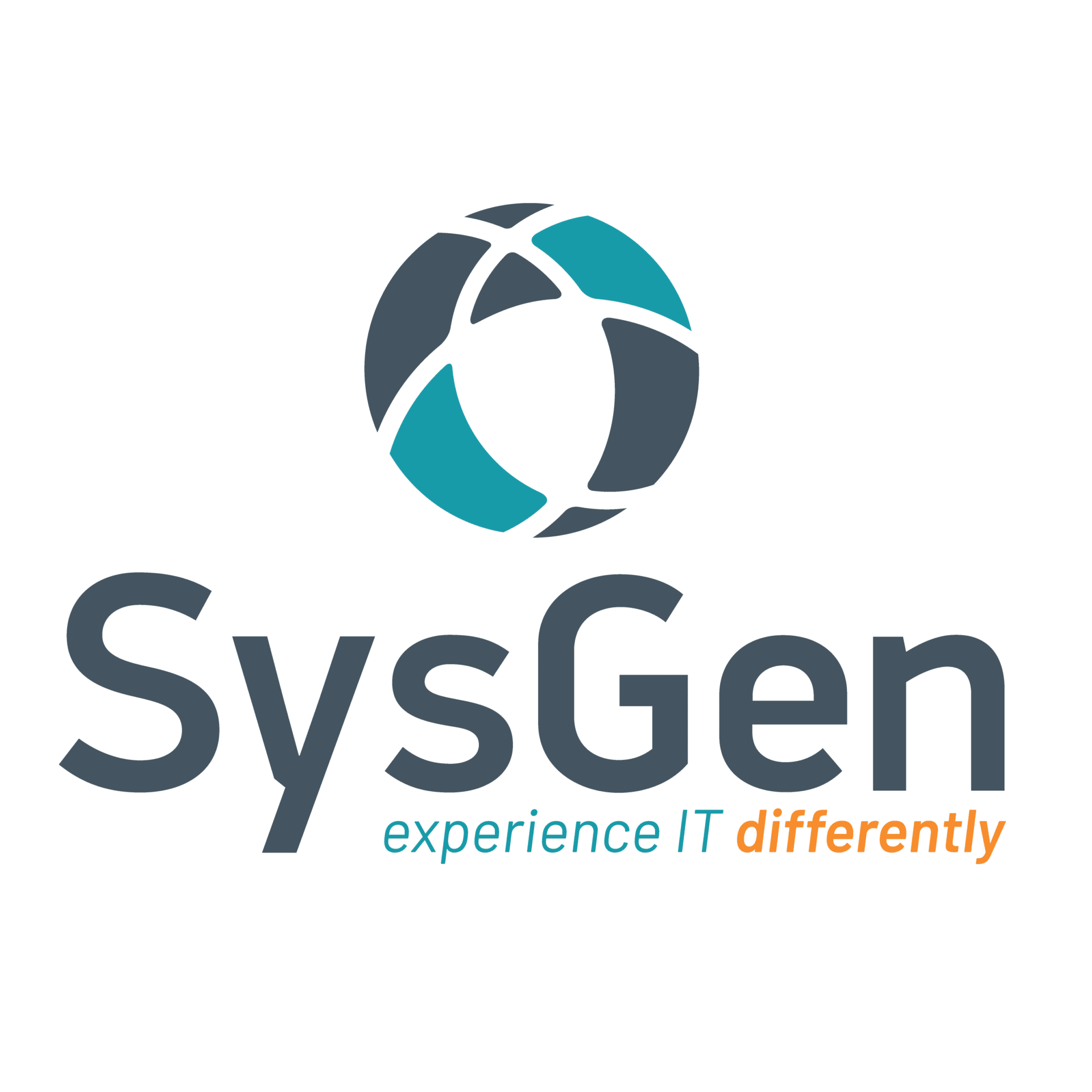Table of Contents
What is Microsoft Sentinel?
Microsoft Sentinel, also known as Azure Sentinel, is a cloud-native Security Information and Event Management (SIEM) and Security Orchestration, Automation, and Response (SOAR) solution offered by Microsoft. It allows organizations to proactively detect, investigate, and respond to cybersecurity threats and incidents across their entire IT environment.
Leveraging intelligent security analytics, machine learning, and AI capabilities. Sentinel collects and correlates data from various sources to provide real-time insights into security incidents and vulnerabilities. It enables security teams to rapidly triage alerts, automate response actions, and strengthen their overall security posture by identifying and mitigating threats more efficiently. In this post, we’ll explore this solution in more detail.
Key Takeaways
- Sentinel’s advanced analytics and machine learning capabilities provide organizations with the ability to detect a wide range of threats, from common malware to sophisticated, targeted attacks.
- Sentinel streamlines incident response through automation and orchestration. It allows security teams to create custom playbooks for responding to security incidents, automating repetitive tasks, and accelerating the resolution process.
- Microsoft Sentinel seamlessly integrates with other Microsoft security products and services, making it a central component of a holistic security ecosystem.
What is Microsoft Sentinel?
Microsoft Sentinel works by collecting, analyzing, and responding to security data from diverse sources to help organizations detect and mitigate cybersecurity threats effectively.
- It begins by ingesting data from a wide range of sources such as logs, telemetry, security events, and external threat intelligence feeds. This data is then normalized and enriched to provide context.
- Sentinel then employs advanced analytics, machine learning, and AI-driven algorithms to detect anomalies and potential threats in real-time.
- When suspicious activities or security incidents are identified, the platform generates alerts and provides security teams with detailed insights and recommendations for investigation and response.
- Sentinel also enables security orchestration and automation, allowing organizations to create custom playbooks to automate common response tasks, making incident response faster and more efficient.
Additionally, Sentinel integrates with other Microsoft security solutions and third-party tools, offering a cohesive and adaptable approach to cybersecurity that can evolve to meet the changing threat landscape. Overall, Microsoft Sentinel empowers organizations to proactively safeguard their digital assets and respond effectively to security incidents.
Data Collection
Microsoft Sentinel utilizes a robust data collection framework to gather a wide array of security-related information from across an organization’s IT environment. This process involves the aggregation of data from sources like:
- Security logs
- Network traffic
- Cloud services
- Endpoints
- Third-party threat intelligence feeds
The platform employs connectors, agents, and APIs to ensure seamless integration with various data sources, allowing for the continuous ingestion of data. Once collected, this data is standardized, enriched with contextual information, and made ready for analysis. Microsoft Sentinel’s versatile data collection capabilities enable it to provide a comprehensive view of an organization’s security landscape, enabling the detection of anomalies, threats, and vulnerabilities.
Threat Detection
Microsoft Sentinel employs a comprehensive approach to threat detection by leveraging advanced analytics, machine learning, and a diverse set of techniques.
- It starts with the continuous collection of security data from various sources, including logs, network traffic, and cloud services.
- This data is then subjected to analysis through custom alert rules, queries, and behavioural analysis, allowing Sentinel to identify suspicious patterns and anomalies indicative of potential threats.
- Integration with external threat intelligence feeds ensures real-time recognition of known threats.
- Furthermore, Sentinel’s ability to create user and entity behaviour profiles aids in spotting deviations from established norms.
- The platform also constructs an incident graph to correlate related security events, offering a holistic view of complex attacks.
- By seamlessly integrating with other Microsoft security solutions, it enriches the data analysis with endpoint and identity-related information.
This multifaceted approach empowers organizations to detect and respond to a wide spectrum of threats, from known malware to sophisticated.
Investigating Threats
Microsoft Sentinel users benefit from a sophisticated and multifaceted approach to investigate threats, ensuring a robust defence against cyber adversaries. Leveraging advanced AI and machine learning capabilities, Sentinel actively monitors vast amounts of data, swiftly identifying anomalous patterns and potential security incidents.
The platform integrates seamlessly with various data sources, including logs, telemetry, and cloud services, providing a comprehensive view of the entire IT environment. Analysts can create custom playbooks and automation workflows to streamline the investigation process, allowing for rapid response to emerging threats. The inclusion of threat intelligence feeds enhances Sentinel’s ability to proactively detect and mitigate risks.
Furthermore, its collaborative nature enables security teams to share insights and benefit from a collective defence strategy. With real-time analytics and a continuous feedback loop, Microsoft Sentinel stands at the forefront of threat investigation, empowering organizations to stay ahead in the ever-evolving landscape of cybersecurity.
Responding to Threats
When it comes to threat response, Microsoft Sentinel takes a dynamic and proactive stance. The platform’s response capabilities are finely tuned to orchestrate swift and effective countermeasures against detected security incidents.
- Automated playbooks, driven by intelligent workflows, enable rapid response to known threats, ensuring that predefined actions are taken without delay.
- Sentinel’s integration with Microsoft’s extensive security ecosystem allows it to leverage a broad range of response mechanisms, from isolating compromised devices to blocking malicious activities across cloud services.
- Security analysts can also intervene manually, utilizing the platform’s intuitive interface to investigate, contain, and mitigate emerging threats in real time.
Additionally, the system captures rich telemetry data throughout the response process, contributing to continuous improvement and refining its ability to adapt to the evolving threat landscape. In essence, Microsoft Sentinel not only detects and identifies issues but also orchestrates a dynamic threat response to fortify the security posture of organizations in the face of cyber challenges.
Key Components of Microsoft Sentinel
As a cloud-native SIEM solution, Microsoft Sentinel is comprised of several key components that collectively empower organizations to enhance their cybersecurity posture.
Data Connector System
At its core is the data connector ecosystem, enabling the ingestion of vast amounts of security data from diverse sources such as Azure, Office 365, and third-party solutions.
Advanced Analytics
The advanced analytics component employs machine learning and AI algorithms to detect and respond to security threats in real-time, offering proactive threat-hunting capabilities.
Incident Response Playbook
The incident response playbooks provide a structured approach for security teams to efficiently handle and mitigate security incidents.
Integration and Automation
Microsoft Sentinel also integrates with Azure Logic Apps, facilitating the automation of repetitive tasks and orchestrating complex workflows.
Enhanced Dashboard
The interactive dashboards and workbooks offer customizable visualizations, empowering security analysts to gain insights and make informed decisions.
Scope and Adaptability
The platform’s scalability and flexibility is inherent in its cloud-native architecture, ensuring adaptability to evolving security landscapes.
Overall, Microsoft Sentinel forms a comprehensive and dynamic security solution, uniting cutting-edge technology with practical usability.
How Much Does Microsoft Sentinel Cost?
Microsoft Sentinel’s pricing structure can vary based on factors such as the number of events processed, storage requirements, and additional features. Microsoft often offers different pricing tiers and models to accommodate varying organizational needs. Pricing may also depend on whether you are using a pay-as-you-go model or committing to a specific term.
It’s essential to refer to the most recent pricing information directly from Microsoft’s official website or contact their sales representatives for the most accurate and up-to-date details.
How to Deploy Microsoft Sentinel?
Deploying Microsoft Sentinel involves a series of steps to ensure a seamless integration into your organization’s security infrastructure:
- First and foremost, you need to have an Azure subscription, as Sentinel is a cloud-native solution built on Azure.
- Once you’ve established this foundation, navigate to the Azure portal and locate the Sentinel workspace.
- Create a new workspace, specifying details such as the subscription, resource group, and region.
- After the workspace is set up, the next crucial step is data onboarding. Configure data connectors to ingest security information from various sources like Azure AD, Office 365, and third-party solutions. Microsoft offers a wide range of pre-built connectors to simplify this process.
- Following data onboarding, fine-tune the analytics rules and create custom playbooks to align Sentinel with your organization’s specific security requirements.
- Set up automated responses and workflows using Azure Logic Apps to streamline incident handling.
- Finally, leverage the platform’s customizable dashboards to monitor and analyze security events effectively.
- Regularly review and update configurations to adapt to evolving threats and ensure optimal performance.
Please note that Microsoft provides detailed documentation and resources to guide users through each of these deployment steps.
What Threats Does Microsoft Sentinel Detect?
Microsoft Sentinel is adept at identifying and mitigating a broad spectrum of cyber threats across diverse environments. The platform excels in detecting common threats such as malware, phishing attempts, and brute-force attacks. Leveraging advanced analytics, it can identify anomalous behaviour patterns indicative of potential security incidents.
Sentinel is particularly effective in uncovering insider threats by monitoring user activities and detecting deviations from normal behaviour. It excels in identifying malicious IP addresses, domains, and other indicators of compromise through threat intelligence integration.
Additionally, the system is proficient in identifying vulnerabilities and misconfigurations that could be exploited by attackers. With its machine learning capabilities, Microsoft Sentinel continuously evolves to detect emerging and sophisticated threats, making it a robust tool for organizations seeking comprehensive security monitoring and response capabilities. Regular updates and threat intelligence feeds ensure that the platform stays ahead of the evolving threat landscape.
In Summary
Overall, Microsoft Sentinel stands as a formidable cloud-native SIEM solution, equipped to fortify organizations against a myriad of cyber threats. Its deployment process involves creating an Azure workspace, configuring data connectors for seamless information ingestion, and customizing analytics rules and playbooks to align with specific security needs.
Sentinel’s prowess lies in its ability to detect and respond to a wide range of threats, from common malware and phishing attempts to more sophisticated insider threats and vulnerabilities. The platform’s advanced analytics, machine learning capabilities, and integration with threat intelligence feeds position it at the forefront of cybersecurity, ensuring organizations have the tools needed to stay vigilant and resilient with proactive threat analysis.
As a comprehensive and dynamic security solution, Microsoft Sentinel complements other Microsoft offerings as it embodies a proactive approach to cybersecurity. Whether your operations are in-person, remote, or hybrid, robust capabilities to mitigate and respond to security incidents should be a cornerstone of your organization. At SysGen, we provide expert IT support to businesses coupled with quality customer service. For more information on what is sentinel or how it can be incorporated into your company, contact us.
Chat with us today to learn more about Microsoft Sentinel!



